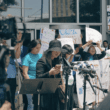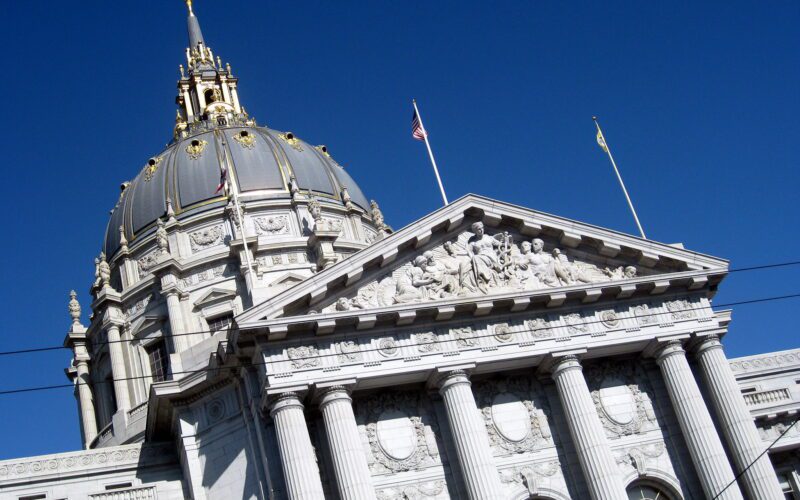Sign up here to receive The Yappie's weekly briefing on Asian American + Pacific Islander politics and support our work by making a donation.
Last week, the San Francisco Board of Supervisors unanimously approved a plan to create the city’s 10th cultural district and dedicate it to Pacific Islanders. It would be the U.S.’s first Pacific Islander cultural district, according to city officials. Here's what you need to know.
? Bolstering culture and community: The designation aims to improve access to resources to better support San Francisco’s Pacific Islander community and create a space where they belong and are understood, writes San Francisco Chronicle’s Elissa Miolene.
- Cultural districts are part of a citywide effort to preserve and promote historically marginalized communities through formal recognition and funding to help support businesses, nonprofits, and community arts organizations. Pacific Islanders organized a campaign for their own cultural district after seeing its success for the Latino community in the Mission.
- The new district will sit in Visitacion Valley and Sunnydale, two neighborhoods that Pacific Islanders have called home since the early 1900s.
- The flow of PI migration to California started in the late 1800s, largely due to colonization, militarization, and displacement. The 1900s saw a significant influx of Pacific Islanders to San Francisco as the U.S. recruited them to serve in the military during World War II. Later, tens of thousands of migrants from Samoa and Tonga relocated to the city for job opportunities and helped build structures like the Hunters Point Naval Shipyard and Mormon temples.
Today, Native Hawaiians are the largest PI ethnic subgroup in the Bay Area at 22.8%, followed by Samoans at 19.4% and Tongans at 18%, according to the board of supervisors.


? Supporting a decreasing population: Roughly 350,000 Pacific Islanders are estimated to live in California, more than any other state besides Hawai‘i. Over the last two decades, however, San Francisco’s Pacific Islander community has significantly decreased in size, largely due to the rising cost of living.
- Pacific Islanders experience poverty at disproportionately higher levels compared to other ethnic communities in San Francisco. In 2020, 29% of the city’s Pacific Islander population lived below the federal poverty level, compared to 14% of the Asian population and 13% of the total population, according to the San Francisco Regional Pacific Islander Taskforce.
- PI communities also face additional challenges including language barriers, lack of government aid, and racial profiling. The new cultural district could help address these and other inequities, such as health care access, gun violence, and chronic truancy.
“I am a product of this community,” Yvette Manamea, office manager of the Samoan Community Development Center, told Mission Local’s Eleni Balakrishnan. “Now our kids that are still here, the future of San Francisco … They’re going to be able to benefit.”
- “My hope is San Francisco and other cities Pacific Islanders call home will continue to support our communities beyond symbolic acts … by way of increased funding, improved policy measures, systemic transformations, and tangible community support,” Estella Owoimaha-Church, executive director of the advocacy group Empowering Pacific Islander Communities, said in a statement to The Yappie.
This story appeared as "The Big Story" in The Yappie's Nov. 22, 2022 newsletter.
The Yappie is your must-read briefing on AAPI power, politics, and influence, fiscally sponsored by the Asian American Journalists Association. Make a donation, subscribe, and follow us on Twitter (@theyappie). Send tips and feedback to [email protected].









